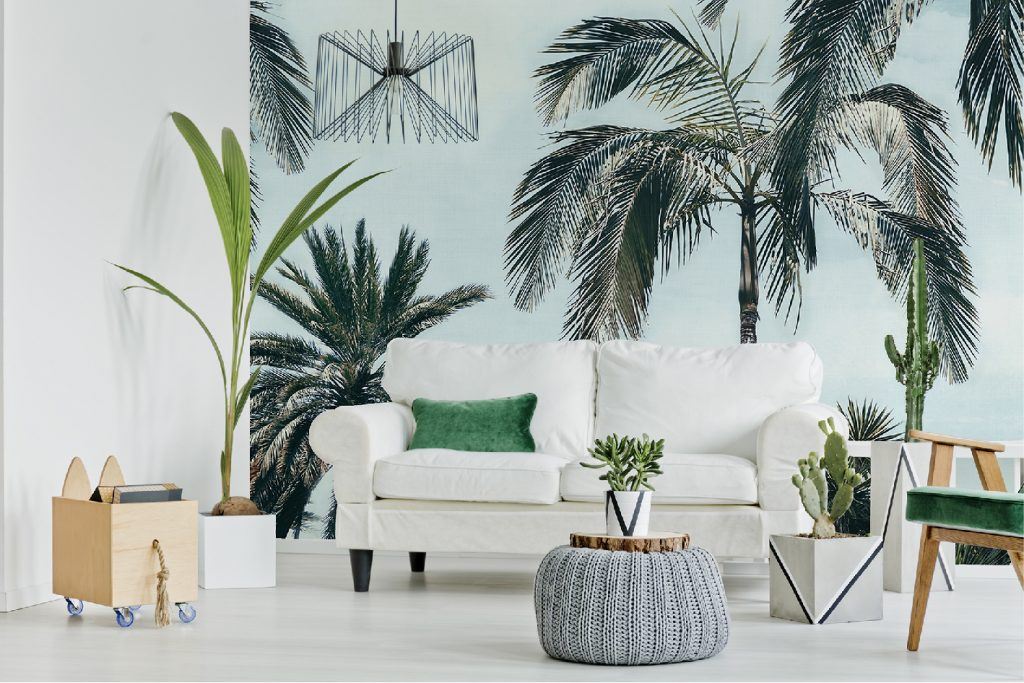Blog
Creating Harmony through Color Matching in Home Decor
Color is a powerful tool in interior design, capable of influencing emotions, setting moods, and defining the personality of a space. Mastering color matching allows you to create a harmonious and visually appealing environment. Here’s a step-by-step guide on how to color match your home decor:
- Understand Color Basics:
Start by familiarizing yourself with the color wheel. Primary colors (red, blue, yellow) can be combined to create secondary colors (orange, green, purple). Complementary colors sit opposite each other on the wheel and create vibrant contrasts, while analogous colors are adjacent and offer a more harmonious blend. - Choose a Dominant Color:
Begin by selecting a dominant color for your space. This could be the color of your walls, a large piece of furniture, or a prominent decor item. This color will serve as the foundation for your color scheme. - Consider the Mood:
Different colors evoke different emotions. Blues and greens create a calm atmosphere, while yellows and oranges radiate warmth and energy. Determine the mood you want to convey in your space and choose colors that align with that intention. - Explore Color Schemes:
Once you have a dominant color, explore various color schemes to achieve a cohesive look. Monochromatic schemes use different shades of the same color, analogous schemes combine colors next to each other on the wheel, and complementary schemes pair contrasting colors. - Play with Contrast:
Incorporate contrast to add depth and visual interest. Introduce complementary colors as accents to make the dominant color pop. Consider using contrasting colors in decor items like cushions, artwork, or rugs. - Use the 60-30-10 Rule:
Apply the 60-30-10 rule to distribute colors effectively. The dominant color covers about 60% of the space (walls, large furniture), the secondary color takes up 30% (upholstery, drapes), and the accent color occupies 10% (decorative accessories). - Test in Natural Light:
Colors can appear different in various lighting conditions. Always test paint swatches and fabric samples in natural light to ensure they match your vision. - Consider Undertones:
Pay attention to undertones, as they can affect how colors interact. For example, a warm-toned beige might clash with cool-toned grays. Keep undertones consistent to maintain harmony. - Create Flow between Rooms:
When color matching in an open-concept space, maintain consistency in your color palette to create a seamless flow between rooms. - Personalize with Neutrals:
Neutrals act as a grounding force in color schemes. Use them to balance bold colors and allow your decor items to shine. - Test and Adjust:
Set up a mock arrangement of your chosen colors and decor items to see how they interact. Adjust as needed to achieve the desired balance and cohesion. - Color matching in home decor is both an art and a science. It’s about finding the right balance between your personal preferences and the principles of color theory. By understanding the fundamentals and experimenting with different combinations, you’ll be able to create a living space that’s visually captivating and harmoniously vibrant.

